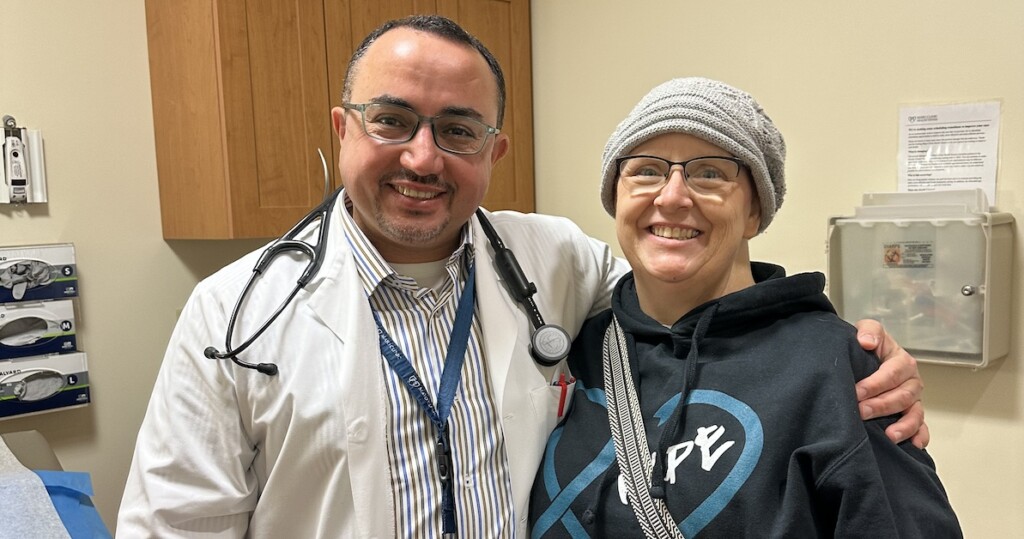
Gynecologic Cancers
Recognizing the interconnectedness of ovarian and all gynecologic cancers, OCRA expanded its scope in order to accelerate research and broaden our impact on patients’ lives.
Many women have questions about ovarian cysts and wonder if ovarian cysts are the same as ovarian cancer (they are not), or if having a cyst puts them at risk for ovarian cancer (in most cases, it doesn’t). Read more about ovarian cysts below.
Having an ovarian cyst does not mean you have ovarian cancer. Ovarian cysts can be fairly common, while ovarian tumors are quite rare; ovarian cysts are fluid-filled while ovarian tumors are solid masses. Most ovarian cysts are not harmful, don’t cause symptoms, and are not indicative of risk for future ovarian cancer, though some complex ovarian cysts may raise the risk. Ovarian cysts are common in women with regular menstrual cycles, and less common in post-menopausal women. Approximately 8% of pre-menopausal women develop large ovarian cysts that require treatment.
Symptoms
Ovarian cyst symptoms are uncommon unless they twist or rupture, or become large enough that a woman can feel the cyst. The most common symptoms of ovarian cysts are abdominal bloating, pressure, pain, or swelling, particularly on the side of the abdomen with the ovarian cyst. Other symptoms can include:
Causes
Diagnosis
Treatment
Surgery
Recovery
Questions to Ask Your Doctor

Recognizing the interconnectedness of ovarian and all gynecologic cancers, OCRA expanded its scope in order to accelerate research and broaden our impact on patients’ lives.


Locate gynecologic oncologists, specialists, and treatment centers in your area.
Get email updates about research news, action alerts, and ways to join the fight.